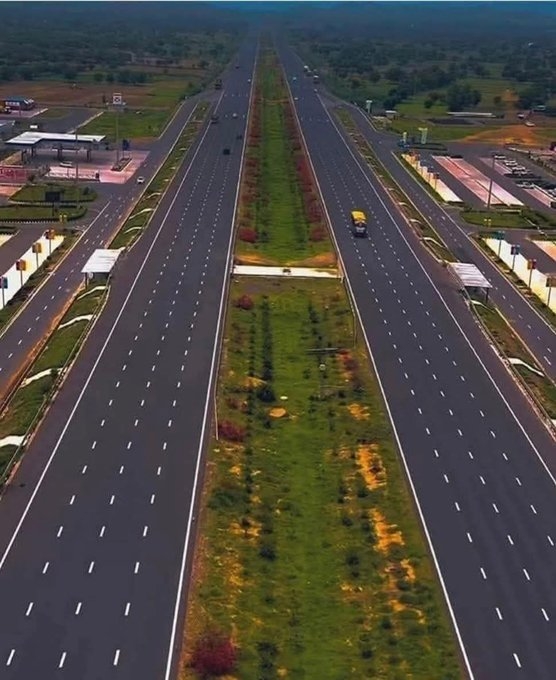
On Tuesday, I observed with deep thought as traders at Nairobi’s Gikomba market energetically sold their goods. They were lively, using various persuasive tactics to attract customers, including me.
Some even had ‘agents’ enticing shoppers to visit their stalls. “Come, I’ll give you a great deal on shoes,” one called out, while another offered a promotion—buy one item, get another free.
Evidently, these traders were doing everything possible to make a living, offering discounts and special deals just to put food on the table.
I pictured their early mornings, tirelessly setting up their shops, repeating the same routine day after day, year after year.
Yet, I could not help but wonder—were they aware that soon, decisions made in the luxurious boardrooms of International Monetary Fund headquarters in Washington DC could profoundly impact their livelihoods? Kenya has once again sought a new deal with the IMF to secure additional billions in loans.
Finance CS John Mbadi stated that this agreement would incorporate unused funds from the current programme, which Kenya and the IMF walked away from this month.
Both parties had agreed to abandon the ninth and final review of the existing programme, which was set to expire next month.
Approximately $800 million (Sh103.5 billion) from the initiative, which began in April 2021, remains unutilised. Decisions made in the IMF’s boardrooms have far-reaching consequences, rippling across economies and affecting even the smallest traders in Gikomba.
For a trader in Gikomba, Kenya’s new IMF deal could mean soaring fuel prices, costlier loans and a higher cost of living. Small businesses suffer the most when the government raises taxes to meet IMF debt repayment requirements, as shrinking profits make survival increasingly difficult.
As of July 2024, Kenya’s public debt had surged to Sh10.6 trillion—67.6 per cent of GDP—far exceeding the IMF’s recommended threshold of 30 percent for developing economies. Debt servicing has become a financial black hole.
By June 2024, the government had allocated Sh1.6 trillion to debt repayment, with external obligations absorbing Sh756 billion.
Interest payments alone totalled Sh689 billion, surpassing the combined budget for education, health and social protection.
Consequently, infrastructure projects have stalled, public services have been underfunded, and the government is struggling to keep the economy afloat.
This regime continues to implement steep tax hikes, worsening the plight of households already reeling from inflation and sluggish economic growth.
Transparency and accountability remain glaring weaknesses in Kenya’s debt management.
Despite heavy borrowing, many projects have failed to yield tangible returns, and there are rampant allegations of corruption and mismanagement.
Public frustration is mounting. Essential services remain underfunded, and debt accumulates, raising questions about the long-promised national debt audit, which was meant to reveal the full extent of Kenya’s financial obligations.
The private sector also feels the squeeze, as soaring interest rates stifle investment and slow job creation. Urgent action is needed to prevent the debt burden from spiraling into a full-blown catastrophe.
This regime must prioritise concessional loans over costly commercial borrowing. It must enhance transparency in debt management and ensure that funds are directed toward productive sectors.
Public participation in budget decisions must be strengthened, and civil society organisations must continue advocating fiscal responsibility to protect essential services from further decline.
Policymakers must adopt a sustainable debt strategy prioritising national development over reckless borrowing. This regime must tread carefully—it cannot afford to kill the businesses at Gikomba with yet another ill-considered IMF deal.
The writer is the manager for Inclusion and Political
Justice at the Kenya Human Rights
Commission












